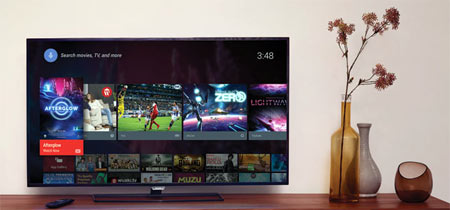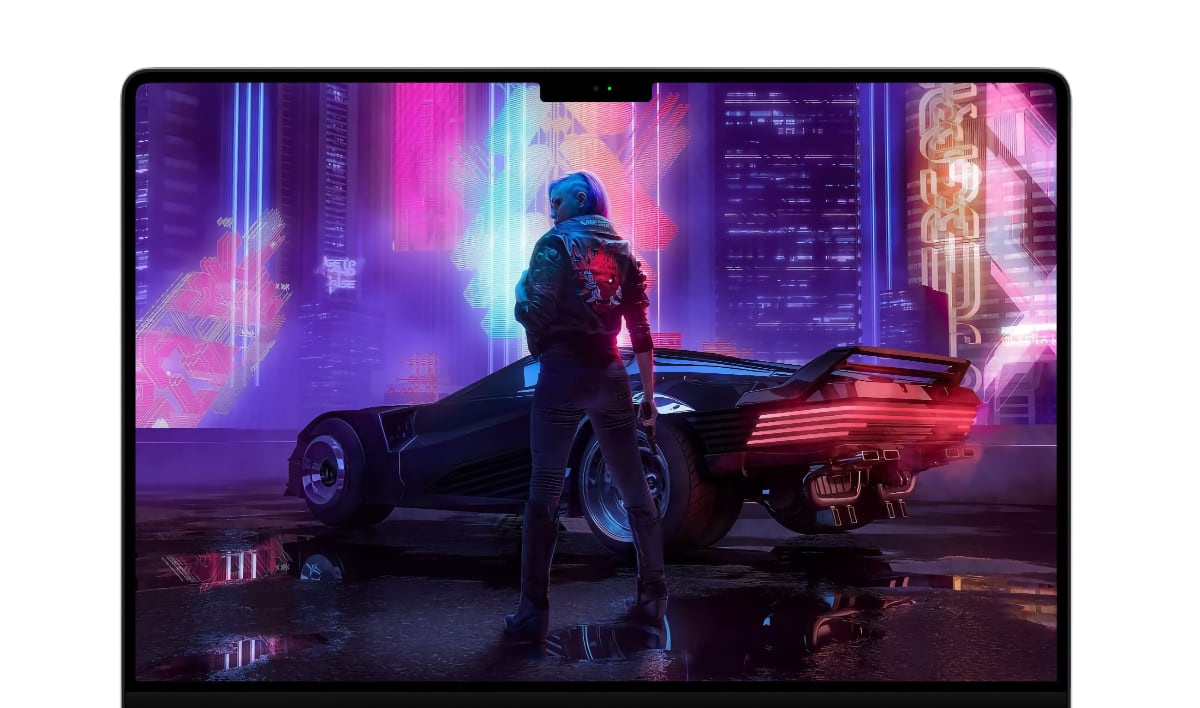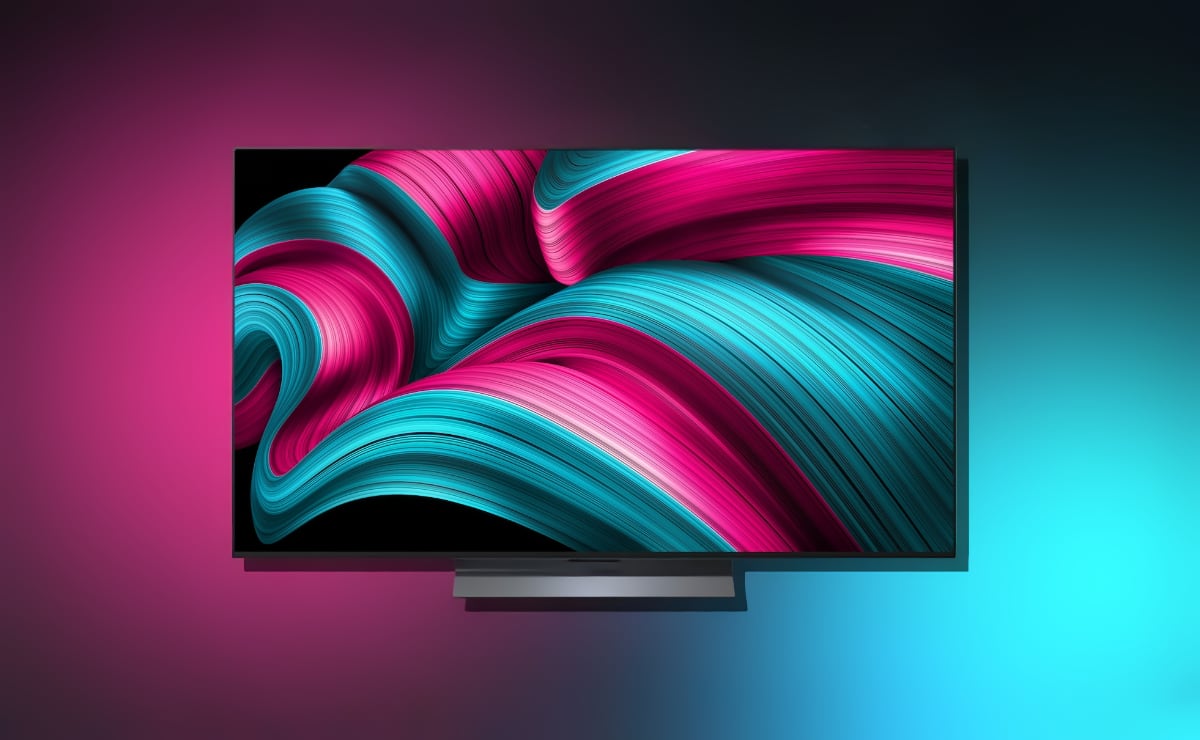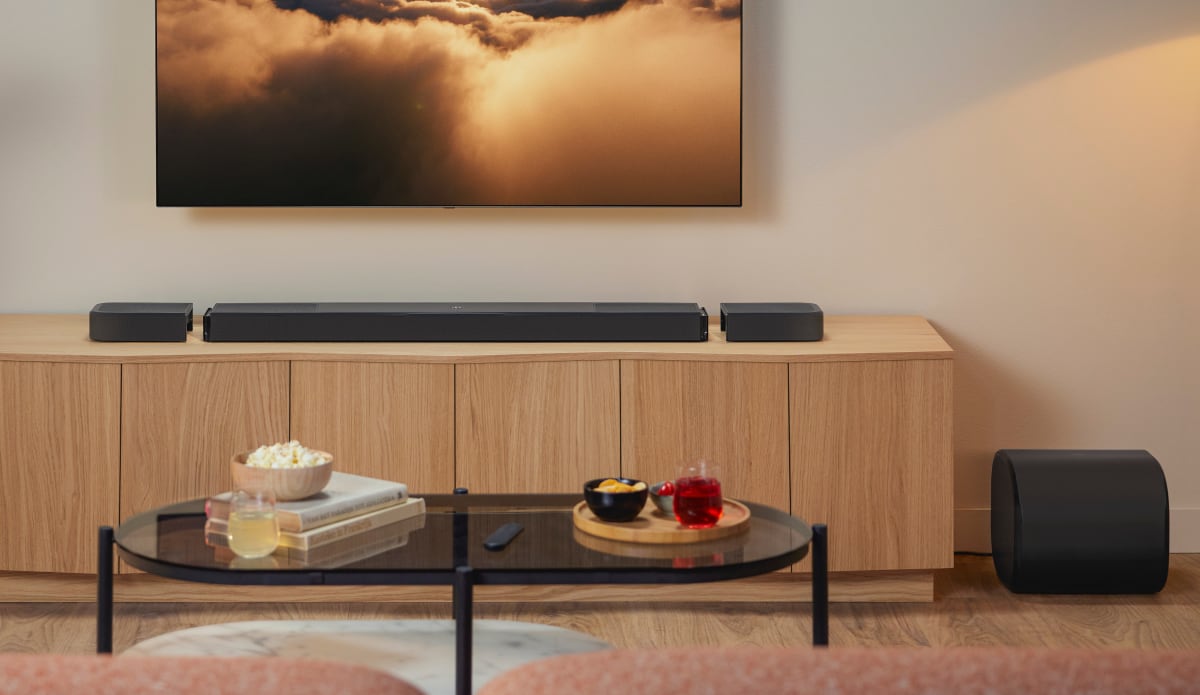Philips will add support for the HLG HDR format to 2016 4K TVs through a software update. The ”broadcast HDR” format will also be supported on 2017 TVs.
HLG on 2016 Philips TVs
HLG – or Hybrid Log Gamma – was developed by UK’s BBC and Japan’s NHK for broadcast TV. Broadcasters in general are expected to adopt the format once they start recording in HDR.
At its European launch event in Madrid, Philips announced that all 2016 4K TVs with Android TV (6401 and up) will receive HLG support through a software update. The 2017 models will, of course, also feature HLG.
The advantage of HLG compared to for example HDR10 is that a broadcaster can transmit SDR (regular TV signals) and HDR via the same channel. TVs with support for HLG will automatically detect the extra HDR information in the signal.

Better highlight details
At the presentation Philips had placed two 2016 OLED TVs side-by-side to demonstrate the difference between SDR and HDR via a HLG-based broadcast signal.
The HDR version had visibly better detail separation in the bright areas (and higher peak brightness). The red color appeared redder but the grass was probably too dark and intense. It is hard to say without a reference monitor but Philips’ picture quality expert, Danny Tack, was quick to point out that they are still tweaking things.
The company also explained that TVs must run Android 6.0 (Marshmallow) before HLG can be implemented. The new version of Google’s operating system is currently rolling out to Philips 2016 TVs. A later update will add HLG support. This update is expected in the second quarter of 2017 but timing is not final.
HLG will be supported via HDMI, coaxial, and streaming.
Sony, Panasonic and LG have also announced HLG updates for 2016 TVs and in some cases 2015 TVs.
At the launch event in Madrid, Philips also announced its 2017 TV line-up, including a new OLED flagship TV and 2017 LCD TVs.








